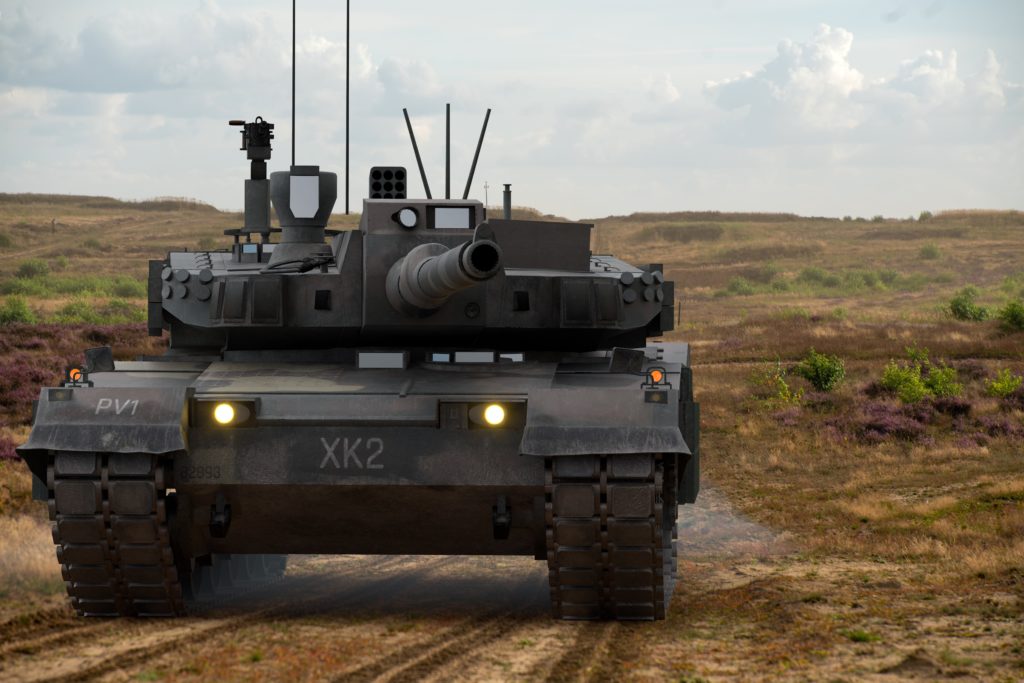The Peninsula
2022 in Review: South Korean Arms Exports

This is the fourth piece in a series looking at how the issues identified in KEI’s annual “10 Issues to Watch for on the Korean Peninsula” series and other issues of note developed in 2022. The original “10 Issues” piece can be found here.
The Republic of Korea emerged in 2022 as one of the world’s most prolific arms exporting nations. The Stockholm International Peace Research Institute (SIPRI) Arms Transfers Database shows South Korea’s growth from the 31st to the 7th largest global arms exporter from 2000 to 2020, when Seoul sold $3 billion worth of weapons abroad. It reached a new milestone in 2021 with $7 billion in sales, and defense exports exceeding imports for the first time. Exports then again exploded in 2022 with the unprecedented $15-20 billion sale of indigenous Korean military hardware to Poland, as well as deals with Egypt, Saudi Arabia, and Australia.
Seoul’s emergence as a major arms merchant did not appear from a vacuum. The ROK has retained a strong defense industrial base with robust production lines of U.S.-compatible, high-end equipment backed up by continuous R&D—a reflection of the geopolitical realities posed by the U.S.-ROK alliance and the frozen Korean conflict. Furthermore, the ROK had already for some years engaged regional partners like Indonesia and the Philippines for arms exports. As a result, the volatile global security environment, chiefly exacerbated by the February invasion of Ukraine, created ideal conditions for Korean arms to penetrate deep into both existing and new markets in 2022.
In turn, export successes have presented the ROK’s domestic defense industry with great promise for the future. Exports incentivize the provider of the good to lengthen production runs and keep factories open. The reduction of per-unit costs from increased production for foreign consumption also increases cost efficiency. Finally, domestically developed proprietary technology enables the ROK to present technology transfers more readily than with strictly controlled U.S. components—an attractive proposition to nations seeking to grow their own indigenous arms industries.
The over-$15 billion sale to Poland encompasses many of these factors in a single case study. Seoul was well-positioned to meet Warsaw’s demand for not only accessible high-end defense articles compatible to widely proliferated and NATO-standard U.S. equipment, but also to transfer the technology for domestic production and continued development in Poland. In turn, Korean defense firms are able to develop economies of scale for their high-end equipment such as main battle tanks and next-generation self-propelled howitzers—driving down unit costs, increasing competitiveness on the international market, and thereby fueling further sales and future development.
This marriage of opportunity and ability between the global arms market and the ROK defense industry has resulted in spectacular export successes for Korean arms manufacturers in 2022. With this foundation, the ROK’s arms industry could well be on its way to cementing its position as a major player in the international arms trade ecosystem.
Andy Hong is a Program Officer with the Korea Economic Institute of America. The views expressed here are the author’s alone.
Photo from Shutterstock.
